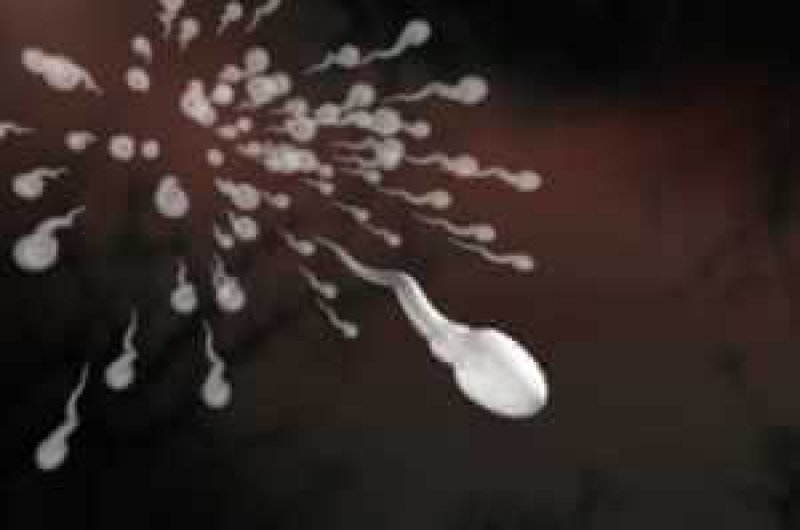Since I’m a guy, this may sound weird, but I’ve always found sperm to be pretty boring as cells.
You know the drill. All of our cells contain 23 pairs of chromosomes, except for eggs and sperm; they contain one of each pair, joining forces at fertilization.
Compared with eggs, sperm have an unexciting role in this process. For starters, they have almost no mitochondria, the powerhouses of the cell. But mitochondria also contain DNA, genes of their own. Thus, essentially, all “mitochondrial DNA” is inherited from the female.
Moreover, in an egg (and other nonsperm cells), frenzied activity goes on around the DNA, as proteins called transcription factors turn genes on and off, and as gene products go through quality control, with things called micro-RNAs acting as a filter. But in sperm, dogma holds that genes are inactive; a sperm is just an inert delivery system. It might as well be an Amazon drone delivering 23 unpaired socks.
In other words, while environment rarely changes the DNA sequence of a gene (i.e., a “mutation”), it can cause epigenetic changes in the gene’s regulation. And if that occurs in an egg, such epigenetic markers can be passed to offspring, resulting in “nongenetic transmission of traits.” There can be mother-to-child nongenetic transmission of traits related to the normal workings of the body, behavior and propensities toward certain diseases.
What’s interesting about this? Well, for one thing, it demonstrates further how the environment can alter biology with multigenerational influences. But more specifically, sperm, and the lifestyles of the organisms that make them, play a larger role in these processes than previously thought.
Read the full, original story: Sperm can carry dad’s stress as well as genes































